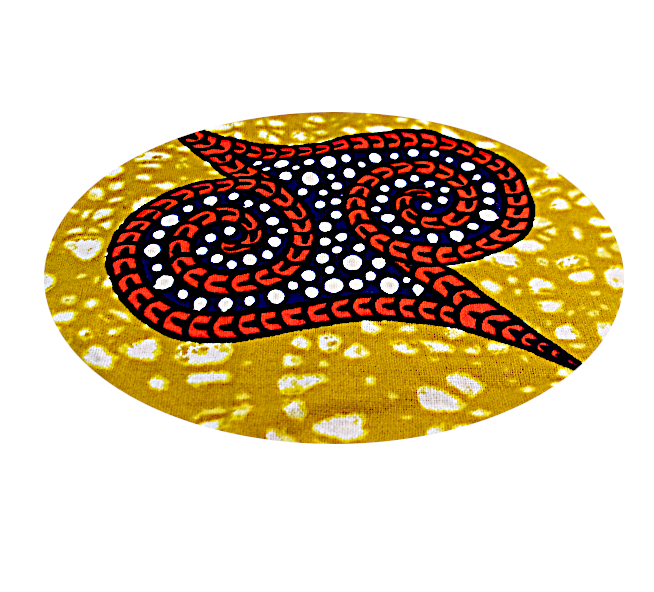
Andrina Design Studio
Ghana Adinkra symbols
Posted :December 10th 2023

Adinkra are visual representations synonymous with the Asante tribe ; they are symbols that represent a proverb or concept There are over 100 of them each with their own meaning or message . An example of an Adinkra would be one that looks like a palm tree is called Abɛ dua and suggests the idea that a human being is not like a palm tree; which is self- sufficient . In other words it may suggest or remind one that people need each other .
Adinkra was the name of the King of Gyaman who was captured in battle by the Asantes for making a replica of the Golden Stool Thus some say Adinkra relates to the King of Gyaman .In the history of the Asantes there is a belief that Okomfo Anokye the greatest chief priest ever lived in the history of the Asante called upon the heavens to bring down the golden stool . Other historians therefore suggest that Adinkra cloth came with the Asantehenes Golden Stool since it was folded and on top of the stool and thus was divinely given. Asantehene means basically Asante King; currently as of 2022 the Asante King is Otumfuo Osei Tutu II
A side point of interest is that there is a Sword purported to belong to Okomfo Anokye and it is embedded in the grounds of the Kumasi Teaching Hospital also called Okomfo Anokye teaching hospital . Nobody so far has been able to pull the sword from from the ground The writer who at one time visited Bantama Kumasi saw it when it was protected only by a small well like structure; in those days anybody could approach it and try and pull it out.
In times gone past fabric in Ghana would have Aninkra symbols stamped onto them using wooden stamps using an ink Adinkra duro derived from the Badie Tree bark. The oldest surviving Adinkra cloth was made in 1817. Adinkra symbols are commonly used today as patterns in fabric in furniture shop signs in building Architecture . In the image above can be seen a stylised version of the Adinkra Symbol Kwatakye Atiko which is literally translated as " Hair of the Hero Kwatakye " it represents Valour Bravery and Leadership